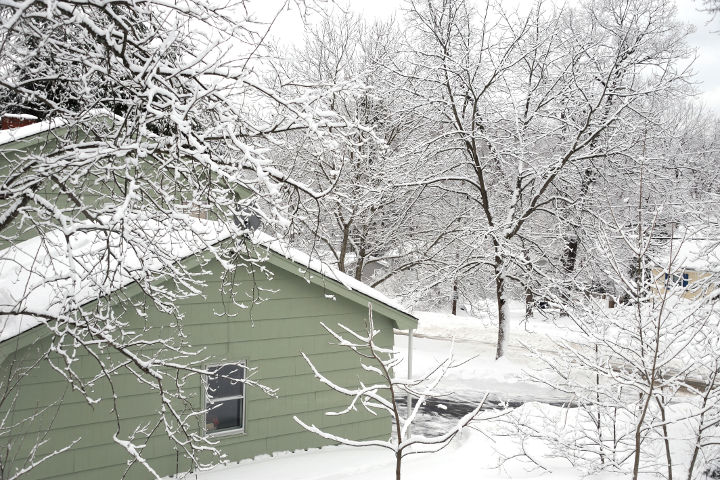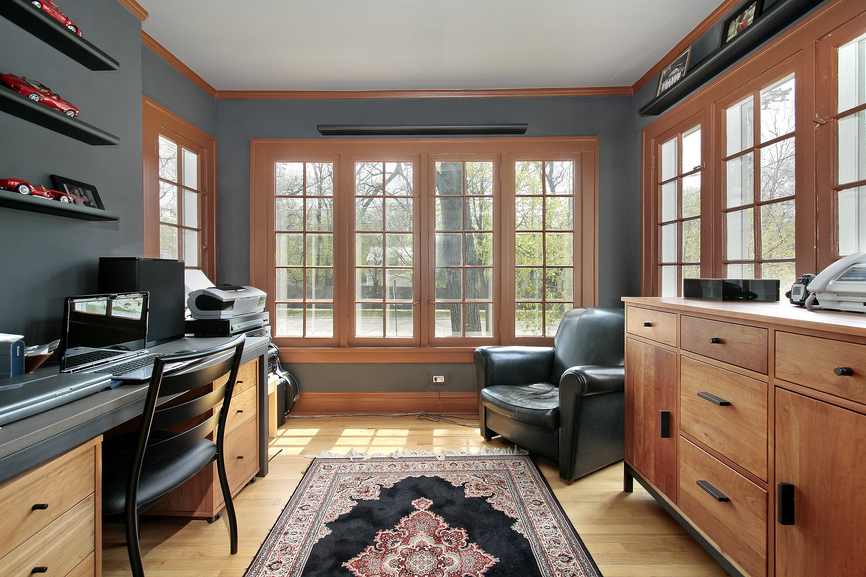
Winter storms can wreak havoc on your home, especially your roof. Heavy snow, ice, and high winds can all cause damage to your roof, which can lead to leaks and other problems. If you live in an area that experiences frequent blizzards, it is essential to inspect your roof for damage after each storm. Let’s explore how to inspect your roof for damage after a blizzard and what to look for.
Exterior Inspections
The first step in inspecting your roof for damage after a blizzard is to perform an exterior inspection. This involves visually inspecting your roof from the ground to look for any signs of damage. If you have a steep roof or do not feel comfortable inspecting your roof from the ground, it is best to hire a professional roofing contractor to perform the inspection.
What To Look For
When inspecting your roof, there are several signs of damage to look for, including:
- Missing or damaged shingles: Heavy snow and ice can cause shingles to become dislodged or damaged, which can lead to leaks and other problems.
- Cracked or damaged flashing: Flashing is the material that covers the joints and seams of your roof, and it can become damaged during a blizzard.
- Debris on your roof: If you notice debris on your roof, such as branches or other objects, it is important to remove them as soon as possible to prevent damage to your roof.
Climb onto your roof to check for any signs of damage up close. If you are not comfortable climbing onto your roof, it is best to hire a professional to perform the inspection.
Simple Inspections
 During your roof inspection, you should look for any signs of damage, including:
During your roof inspection, you should look for any signs of damage, including:
- Missing or damaged shingles
- Cracked or damaged flashing
- Loose or damaged gutters
- Damage to vents and chimney caps
High Winds
If your area experienced high winds during the blizzard, you should pay special attention to the edges of your roof, where the wind can cause the most damage. Look for any signs of lifted shingles or flashing and pay attention to any debris that may have blown onto your roof.
Interior Inspections
In addition to inspecting your roof from the outside, it is also important to perform an interior inspection to check for any signs of damage inside your home.
Attic
Start by inspecting your attic for any signs of water damage. Look for water stains or discoloration on the walls and ceiling, as well as any signs of mold or mildew. If you notice any signs of water damage, it’s important to address the issue as soon as possible to prevent further damage to your home. Also, check for any drafts or air leaks in the attic, which can cause heat loss and lead to ice damming on the roof.
Lower Levels
 Next, inspect the lower levels of your home for signs of water damage. Look for water stains or discoloration on the walls and ceilings, as well as any signs of mold or mildew. Water can travel along pipes and walls, so be sure to check all areas of your home that are directly below the roof.
Next, inspect the lower levels of your home for signs of water damage. Look for water stains or discoloration on the walls and ceilings, as well as any signs of mold or mildew. Water can travel along pipes and walls, so be sure to check all areas of your home that are directly below the roof.
Walls & Ceilings
Check the walls and ceilings in all areas of your home for signs of water damage. Look for water stains, discoloration, and any signs of mold or mildew. Be sure to pay special attention to areas around the chimney, skylights, and vents, as these are common areas for leaks to occur.
Electrical
Inspect your electrical system for any signs of water damage. Look for water stains or discoloration on electrical panels, outlets, and wires. If you notice any signs of water damage, it’s important to have a professional electrician assess the situation to ensure that your electrical system is safe to use.
Regular Inspections
Perform regular inspections of your roof to identify any potential issues before they become major problems. Inspect your roof at least twice a year, preferably in the fall and spring, and after any severe weather events. Use binoculars to inspect your roof from the ground, looking for missing or damaged shingles, cracked flashing, and any other signs of damage. If you notice any signs of damage, call a professional roofing contractor to perform a more thorough inspection.
Be sure to inspect the attic, lower levels, walls, and electrical system for any signs of water damage. Also, perform regular inspections to identify any potential issues before they become major problems. By taking these steps, you can ensure that your home is safe and secure during the winter months.
Reach Out To The Professional Roof Repair Experts
Inspecting your roof for damage after a blizzard is crucial to prevent leaks and further damage to your home. If you need assistance with inspection or need roof repairs in Northern Virginia, Maryland or Delaware, don’t hesitate to reach out to Dirt Connections.
Dirt Connections has years of roof repairing experience and knows how to quickly assess and effectively repair a roof after a blizzard. Contact us today to schedule a roofing inspection.









































